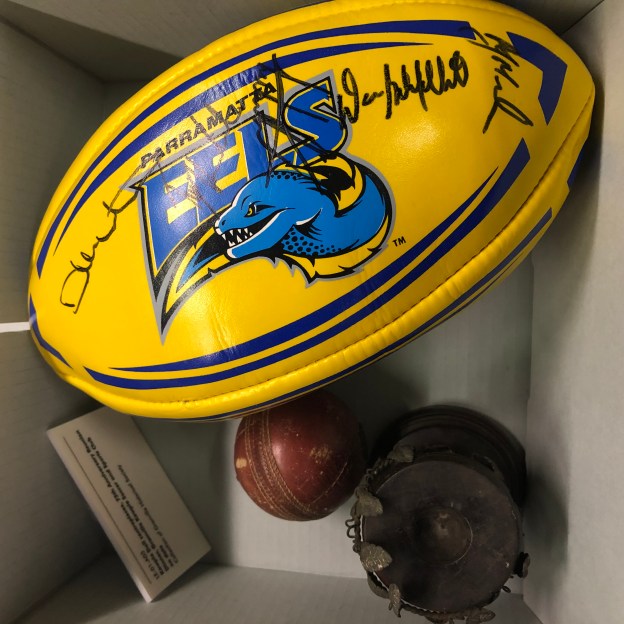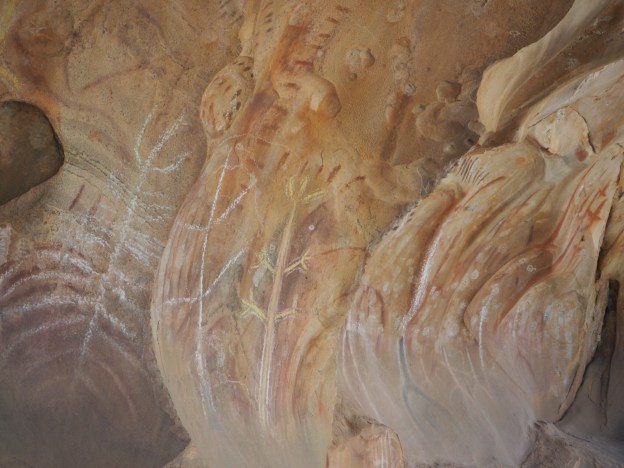I like to visit museums when I travel. Some of my favourites have been specific museums unique to the place that I’m visiting like The Little Museum of Dublin , The Museum of Liverpool and the New York Historical Society Museum.
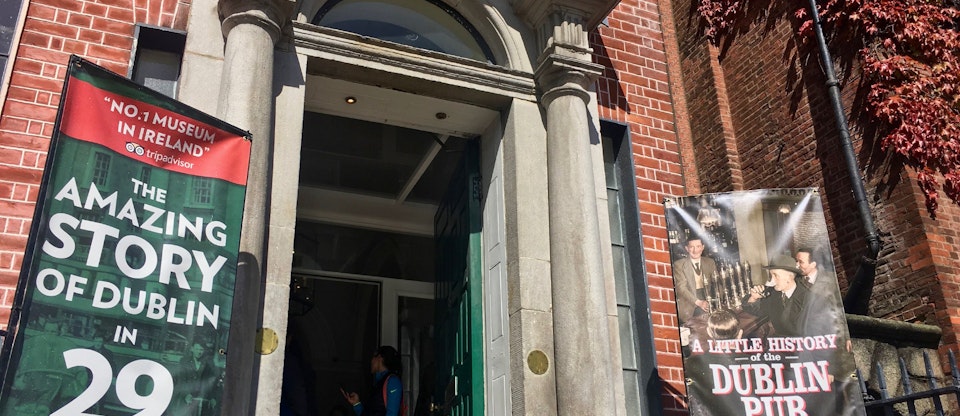
What I know about Parramatta is that it’s not just about stadiums, new high rise development, Parramatta Eels and Western Sydney Wanderers. In my opinion, the City of Parramatta has a rich cultural heritage which could be a more significant tourist attraction and contribute greatly to building the community and economy of Western Sydney.
The City of Parramatta Council has a culturally significant collection of objects and archives dating back to the earliest days of council (1861), and archaeological evidence dating back to much earlier times. Parramatta’s historical layers provide the perfect inspiration for its own unique museum which I’m calling “The Museum of Parramatta”, not to be confused with the new MAAS Museum (which is a completely different concept) coming to Western Sydney in the future.
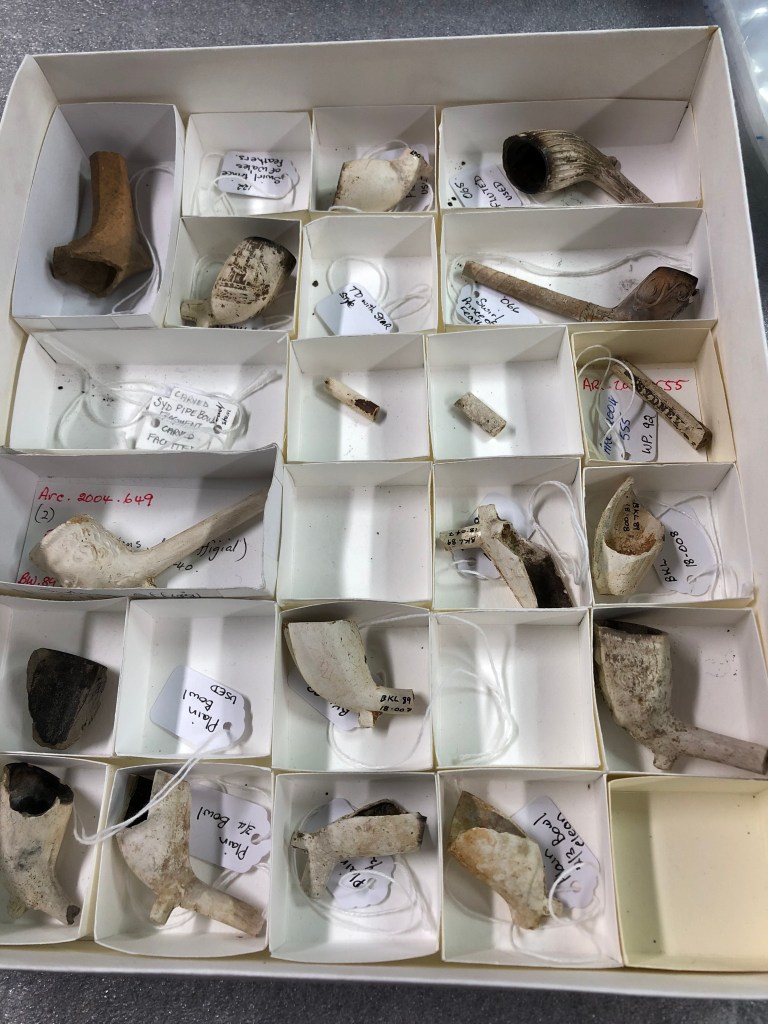
In my mind, Australia has three distinct layers of history which make it what it is today. It is too late to undo the colonisation of Australia by the British, but we can look harder at our history, dissect it and present it in new and better informed ways. History is not fixed – it is open to further research and interpretation from primary sources and definitely open to further discussion. I would say that the City of Parramatta is the perfect place to examine and discuss Australian history by exploring further its Indigenous layer, Colonial layer and its waves of migration or the Multicultural layer.
I envisage that The Museum of Parramatta would use 4 spaces to present the Parramatta story – past and present – a story of its First Nations people dating back 40,000+ years, to the arrival of Europeans and the successive waves of migration from 1788 until the present. The museum will also need a functional space for permanent exhibitions, travelling or changing temporary exhibitions and for the public to access Parramatta’s history using onsite digital resources similar to and building upon those available in the existing Parramatta Local Studies Library.

Space 1. Our First Australians
Starting at the beginning, I have imagined that Space 1 would need to be created in consultation with local Indigenous groups. We need to know Australian history from an indigenous perspective – we are all still learning the facts about our past. How did Aboriginal people live in Parramatta? What were their totems? What animals and foods were special to them? What was the impact that Colonial settlement had on the cultural practices on Indigenous groups already living in Parramatta and surrounding areas. The story goes back much further than Colonial settlement in Australia to more than 40,000 years ago. Who were the standout Aboriginal characters – individuals who were important local leaders and who managed to straddle both worlds at that time of first contact? Some of the stories will be hard to hear but they need to be told. Australians must think more critically about the past rather than continuing to look at history from a Eurocentric perspective.
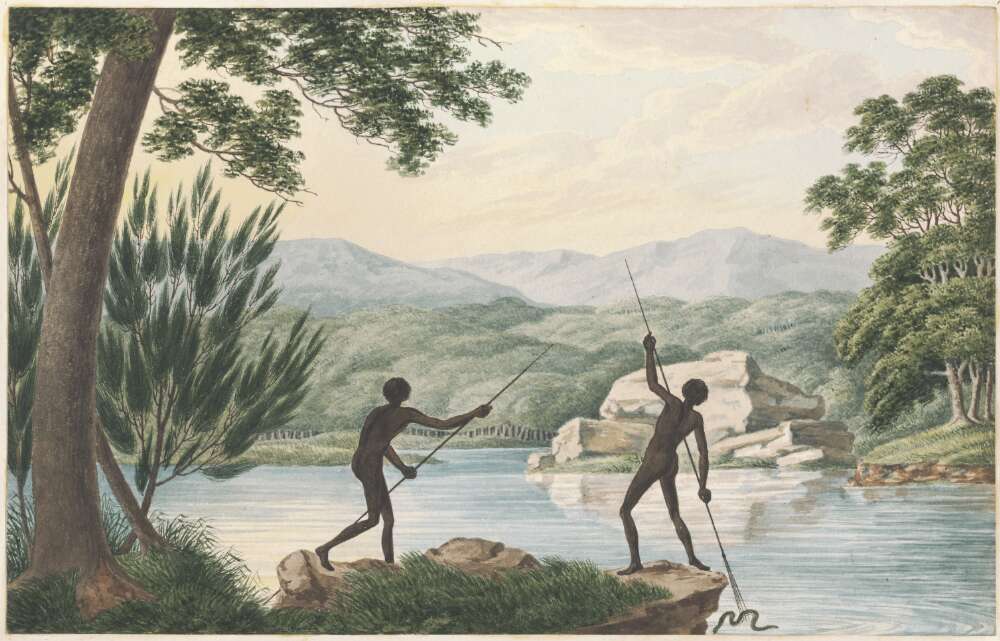
What about Indigenous Parramattan communities today? Where are the communities? What are the local languages spoken? Which part of local cultural heritage are the communities willing to share with us today? Are there objects in the City of Parramatta collection or in other cultural institutions that may be appropriate to use to tell their stories? Several Indigenous cultural experiences are already available through Discover Parramatta and perhaps these could enhance the museum experience in Space 1.
I recently participated in an online FutureLearn Course called Confronting Captain Cook: Memorialisation in Museums and Public Spaces which examines both sides of Captain Cook’s encounters with First Nations People in the Pacific and and how various societies related differently to his legacy. This reinforced my ideas about a need for Space 1 in the Museum of Parramatta.
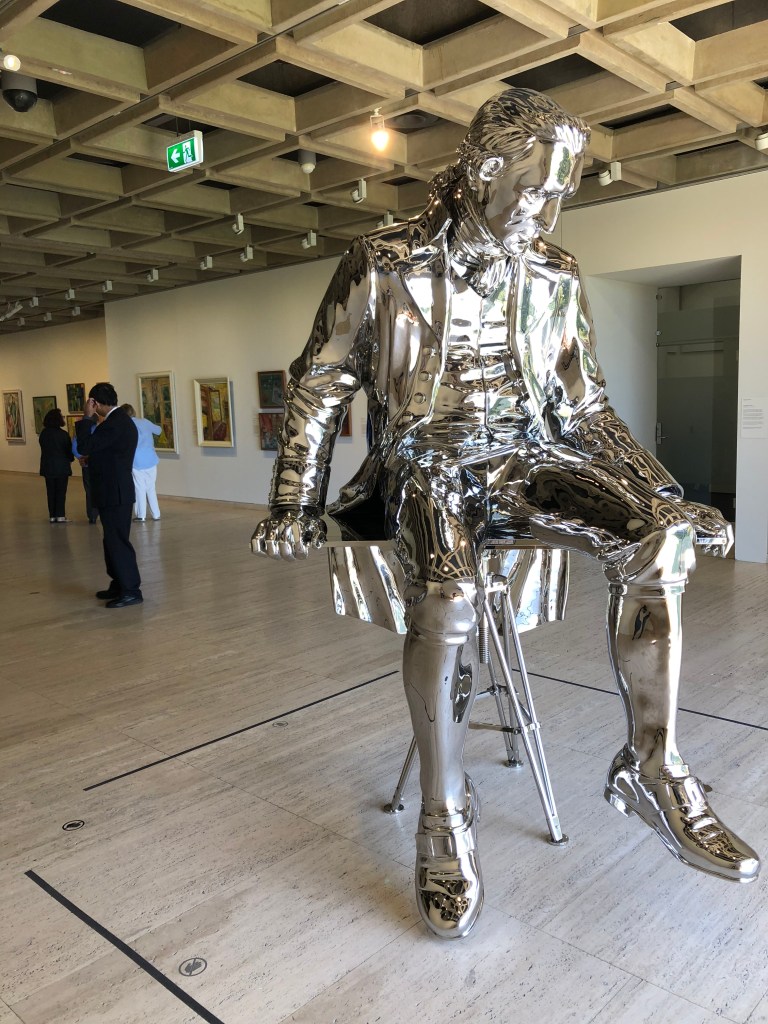
Space 2. The Colonial Years and birth of Parramatta Council
This area would be used to unpack Parramatta’s Colonial layer. There is plenty of archaeological and archival evidence to support learning about the built environment, but sadly there has been a significant loss of the “intact’ heritage buildings from Colonial times as a result of neglect, “progress” and development. Much of this destruction occurred before the Heritage Act was introduced in 1977. There are a number of significant sites in Parramatta which could be cross promoted through The Museum of Parramatta such as Old Government House and Experiment Farm Cottage (National Trust of Australia), Elizabeth Farm (Sydney Living Museums), Hambledon Cottage, Parramatta Female Factory Precinct, Lancer Barracks ………and the list goes on (see more detail at the end of this post).
Space 2 could utilise the objects from the City of Parramatta’s collection of archaeological and culturally significant material as well as its Archives. It will be a great space to tell the stories of Parramatta’s early history using the collection as tangible evidence of the past.
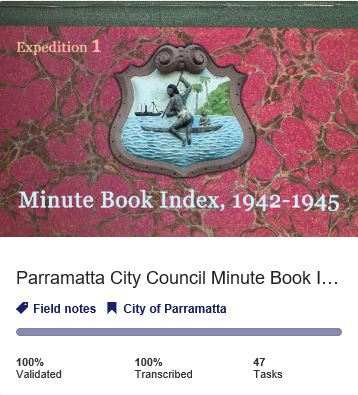
The current City of Parramatta DigiVol project has a team of 120 volunteers transcribing the Parramatta Council Minutes from 1862-1945. The minutes tell of the everyday issues facing a new rapidly growing town. When the minutes become searchable primary source, it will bring the Councillors and the people of Parramatta’s past to life. TROVE is also a wonderful resource for reading news from the early days of Parramatta via the old newspapers in digitised form.
The team at Parramatta Heritage and Visitor Information Centre has researched so much about the city’s past which is available via their blog posts. Another significant body of work was researching all the Parramattans involved in the Great War . The team has produced a range of publications on the subject and also a travelling touchtable resource for the public to access.
Space 3. Waves of Migration
Successive waves of migration have shaped the culture and identity of Parramatta. It is home to many people with different pasts, and it is important to recognise that there are connections between the city of Parramatta and the new migrant communities that now call Parramatta home. We know that Chinese people migrated to NSW in the earliest days of the colony. Indian and Lebanese people also came very early on when the colony formed and have participated in the growth and cultural heritage of Parramatta and NSW.
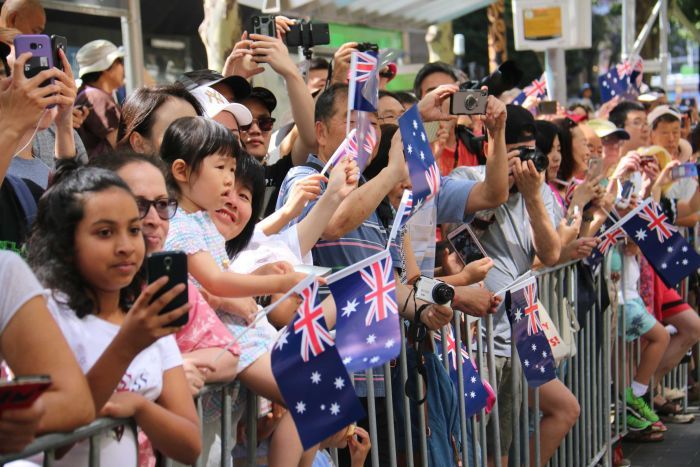
The ‘Waves of People’ report was produced by Western Sydney University for the City of Parramatta. The research recounts the history of Parramatta’s inhabitants – from the generations of Darug families living along the Parramatta River and Australia’s first inland European settlement, to the waves of migrants and refugees from all over the world who made a home here.
“It is the accumulation of stories and experiences inscribed in built form that gives a place its distinct identity. Such stories are not only for the culturally sensitive: they drive real-estate investment too. When a city is rebuilt from scratch, we risk losing these stories and connections.” (The Conversation : Reimagining Parramatta)
As well as connecting to the past, Parramatta’s calendar is filled with festivals such as – Parramasala, Diwali, Lunar New Year, ParraLanes and Winterfest to name just a few. These festivals build on Parramatta’s Cultural Heritage and help to bring the community together in the present.

Space 4. Changing exhibitions
This space is essential for presenting temporary exhibitions or travelling exhibitions from other cultural institutions to engage with local and wider audiences of The Museum of Parramatta. The area would provide a safe meeting place for discussion on contentious issues, talks and events. It needs to have banks of computers to be available for research and discovery. The area would be well supported by the existing Local Studies Library, allowing visitors to research in depth information about Parramatta and their connections to the area. It should also host a searchable map of Parramatta to showcase all the amazing historic buildings, house museums and small volunteer run museums in the local area (some mentioned previously and also see the links below).
Final Words
Maybe I’m dreaming, but I believe that Parramatta is worthy of its own purpose built museum (or a museum reimagined in an existing heritage space e.g. Fleet Street Precinct, Old Kings School, Willow Grove) to showcase the history of this city. Parramatta deserves The Museum of Parramatta as well as a satellite of the Museum of Applied Arts and Science (Powerhouse Museum – an existing cultural institution being transplanted in Parramatta). It deserves a well thought out museum of its own to take a more critical look at Australian History from a Parramatta perspective.
Want to think more critically about Parramatta’ history and cultural heritage? Explore the links below.
City of Parramatta Archive Council Collection
City of Parramatta Heritage Centre
City of Parramatta Collections
Old Government House, Parramatta
Fleet Street Heritage Precinct
Brislington Medical and Nursing Museum
Female Orphan School, Parramatta
The Conversation : Reimagining Parramatta https://theconversation.com/reimagining-parramatta-a-place-to-discover-australias-many-stories-100652

